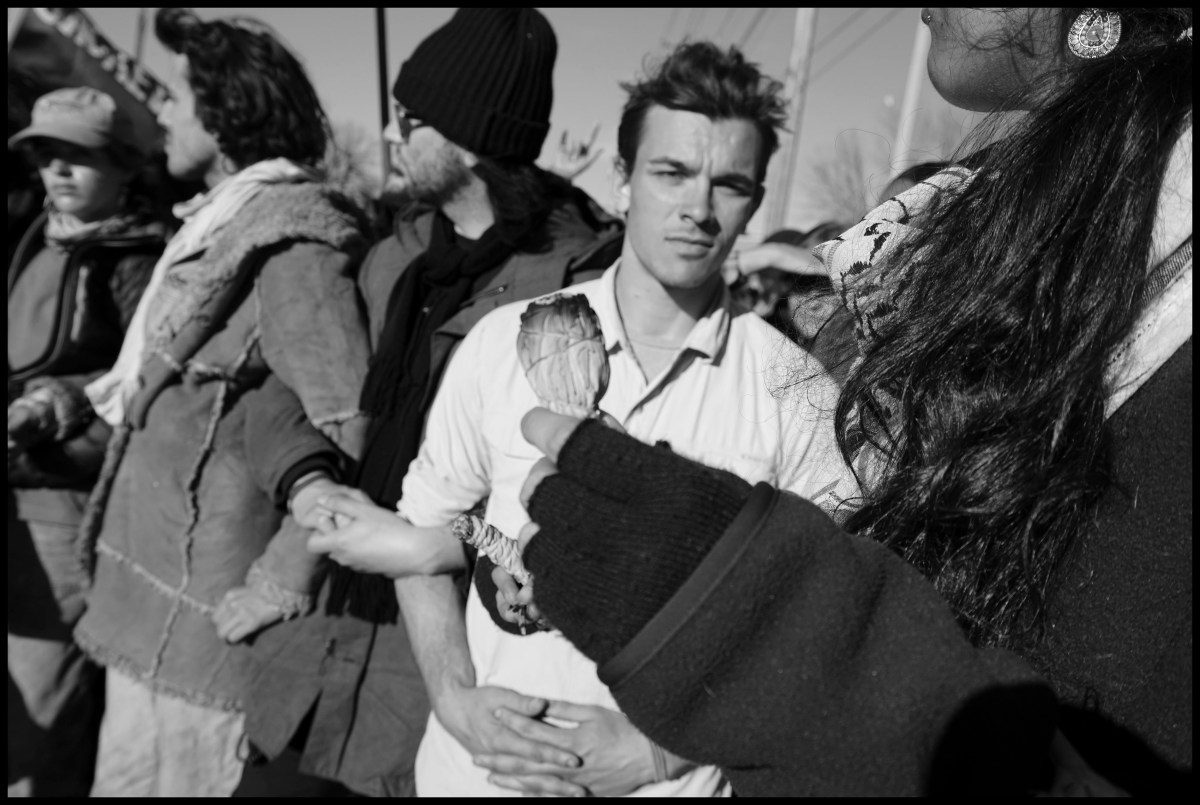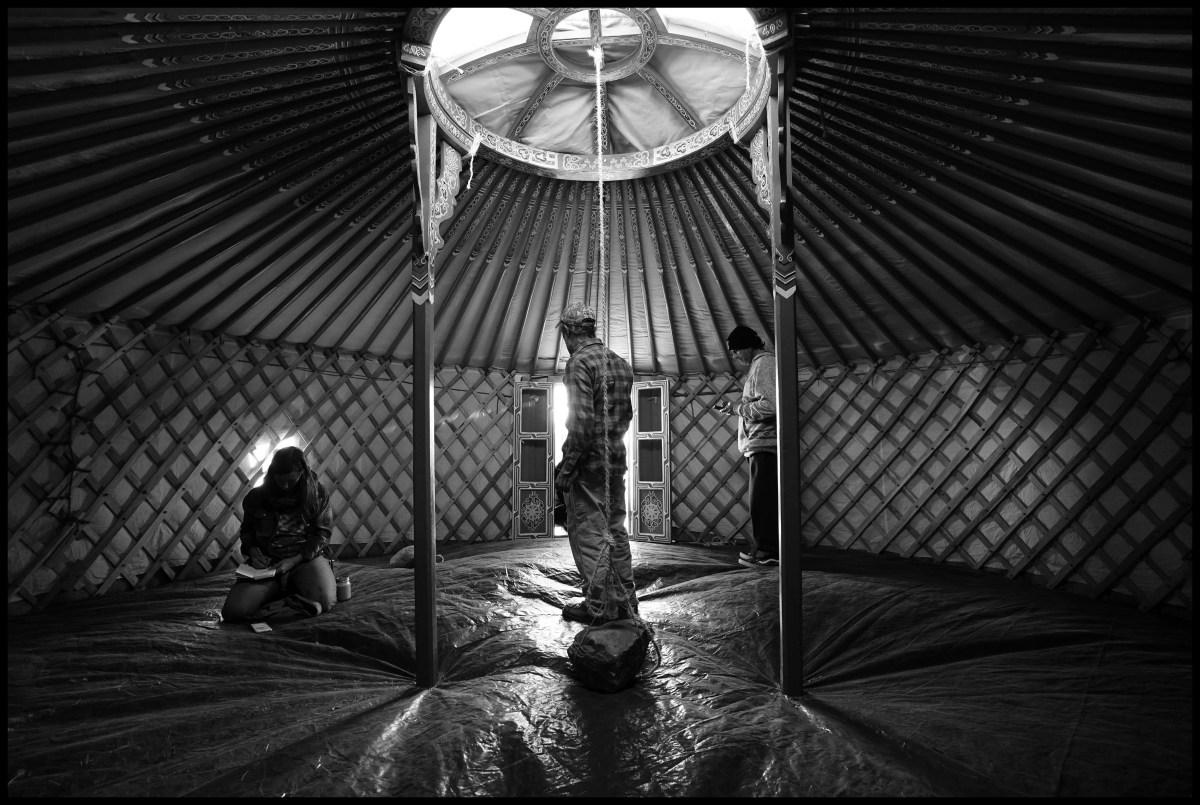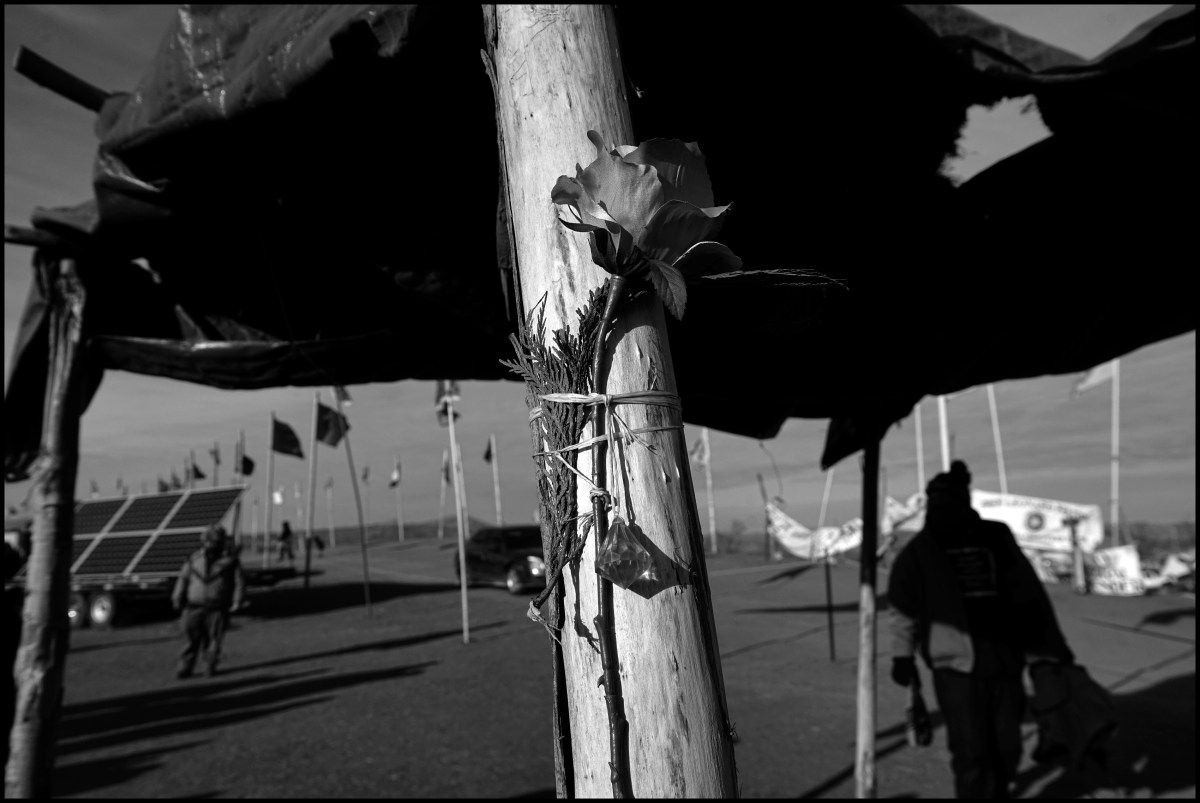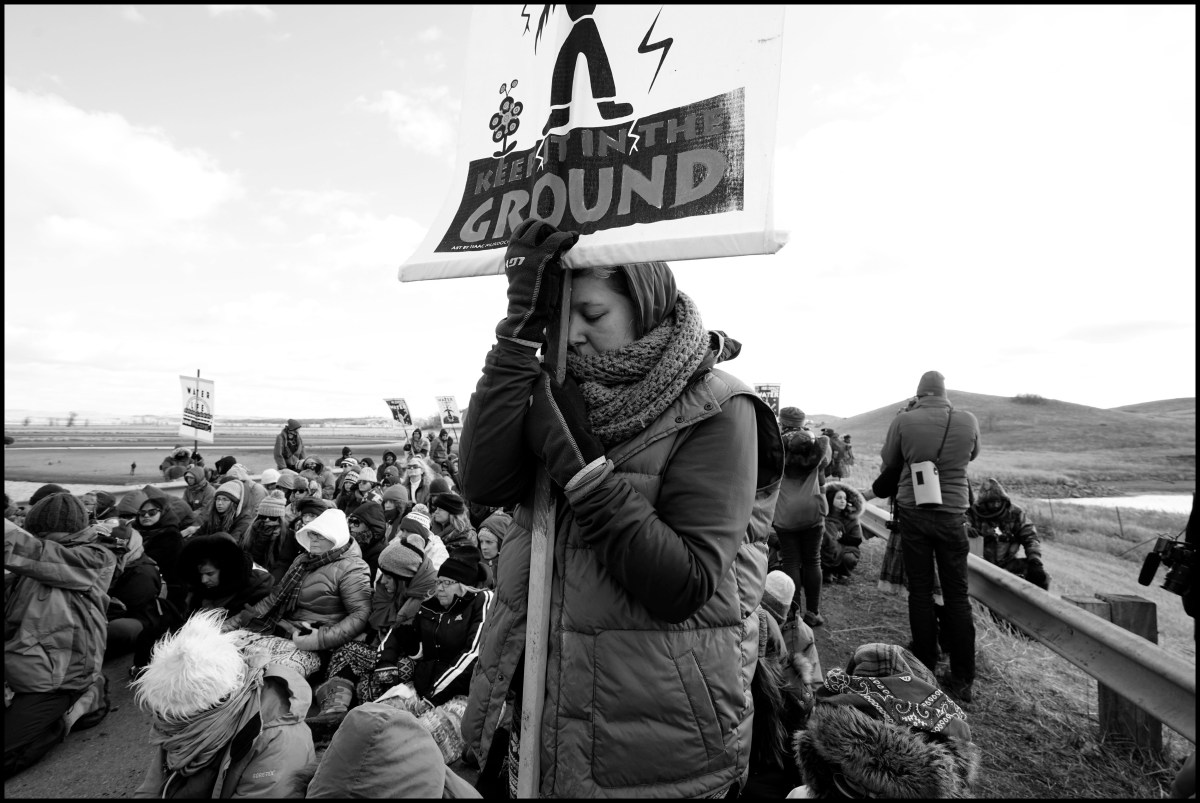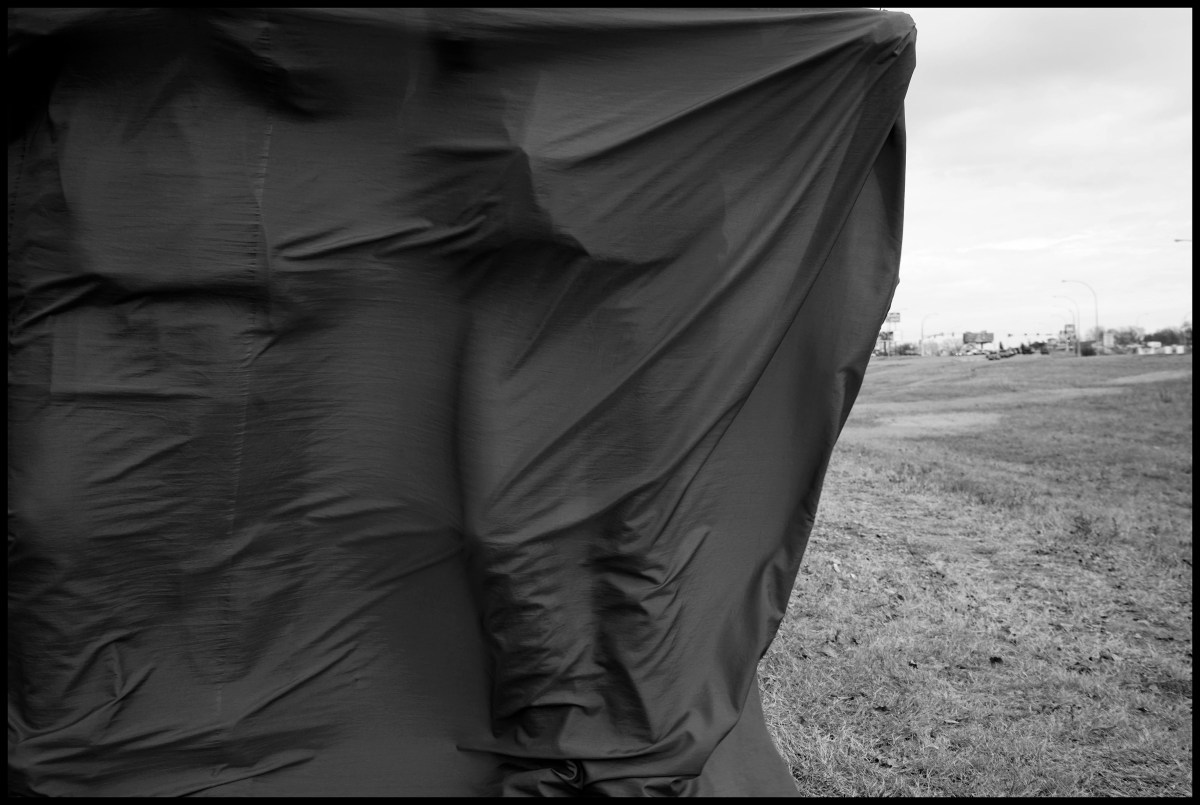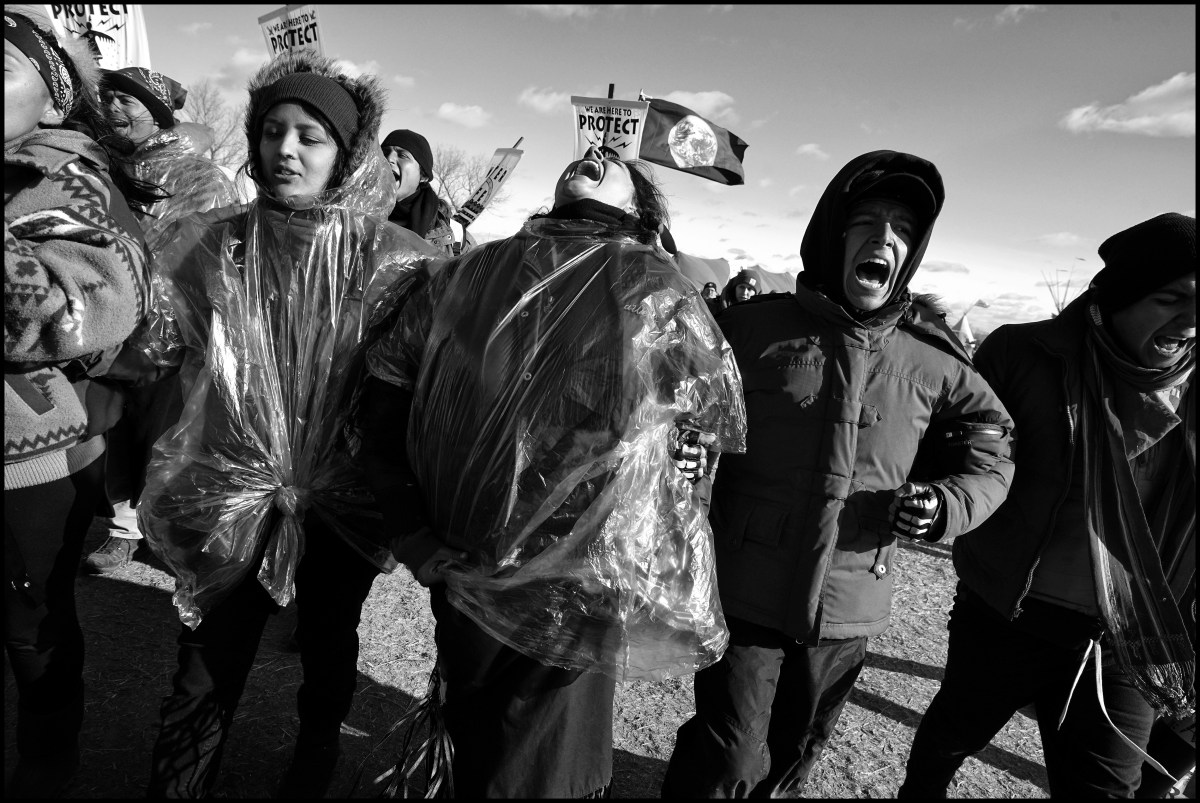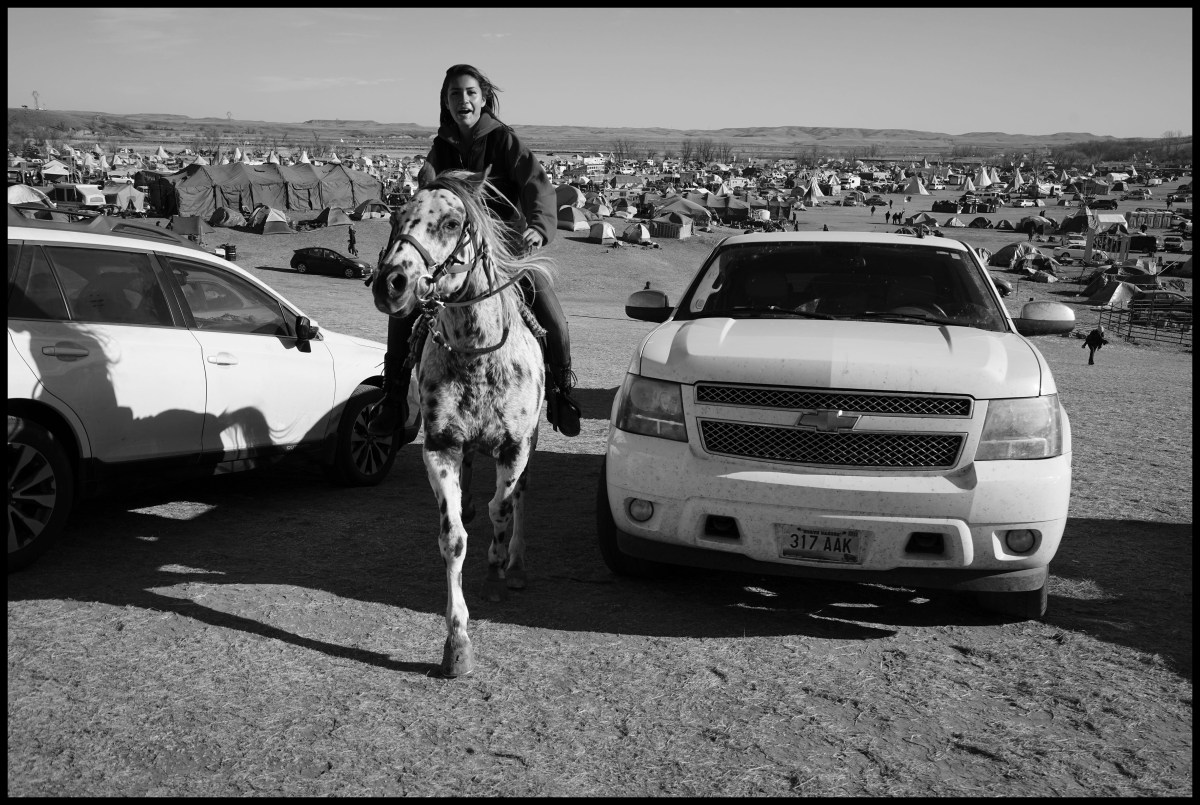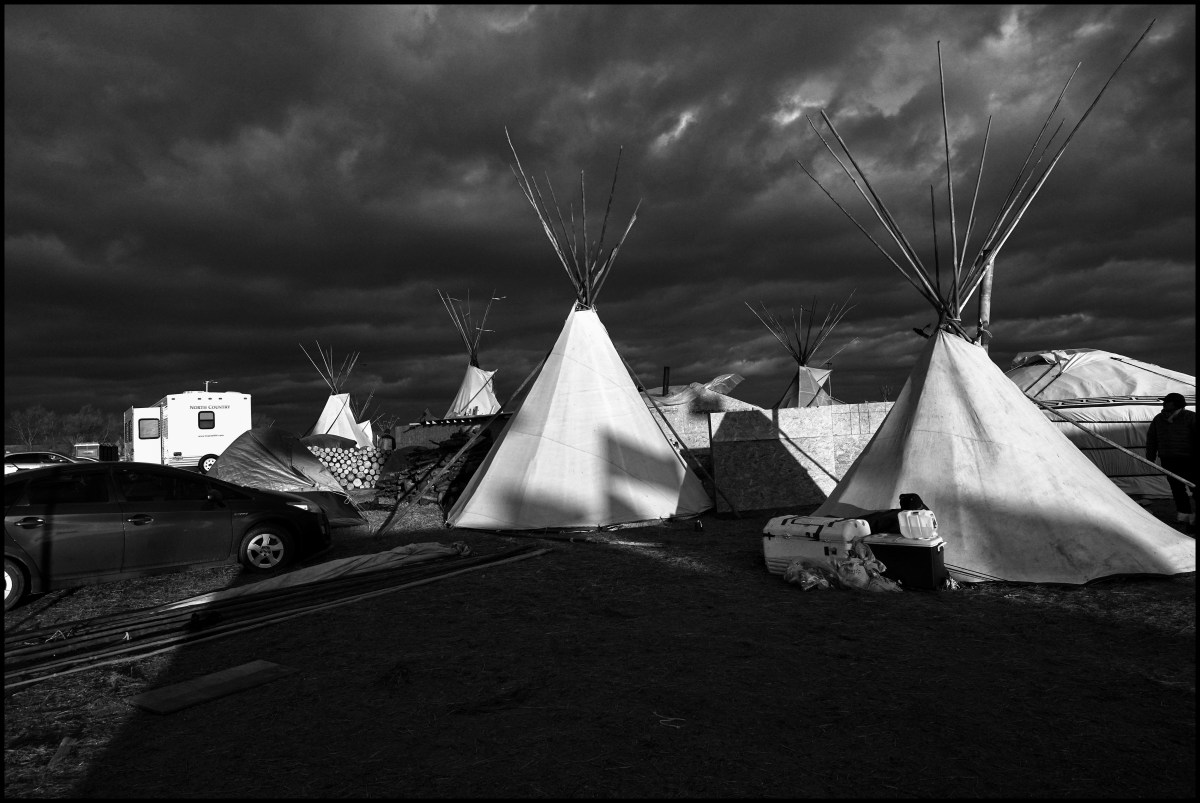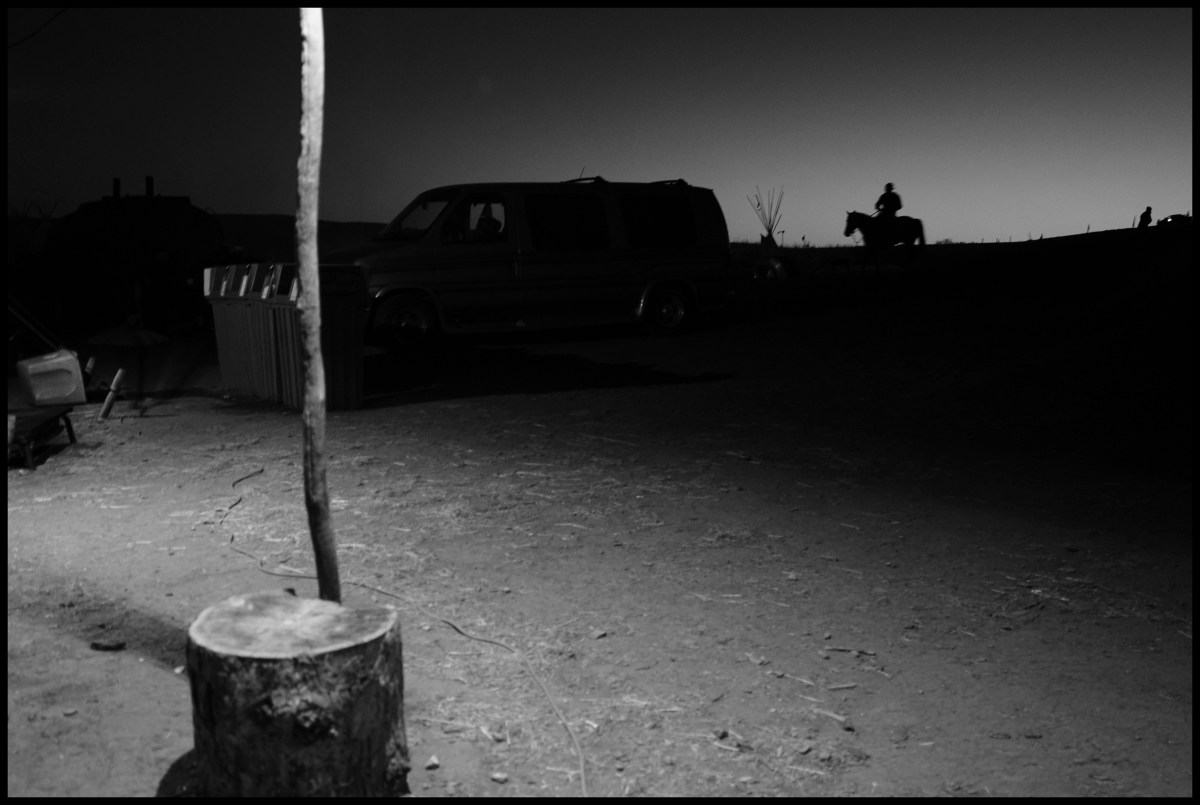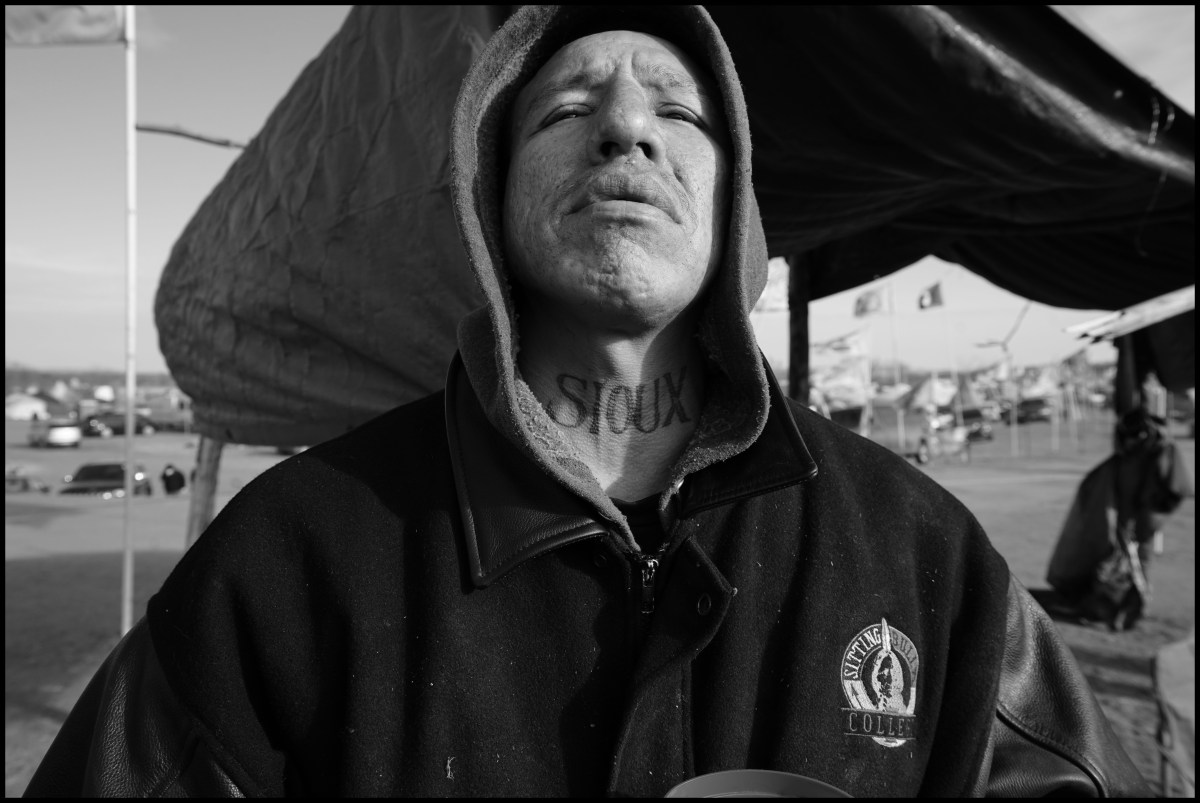
Losing More Than Land at Standing Rock
Magnum’s Larry Towell says he has been photographing issues of land and landlessness all his life, so when the protests of the Dakota Access Pipeline garnered national attention, he followed his instincts to head out to Standing Rock. “When you lose your land, you lose your identity,” Towell tells TIME. The photographer has previously documented the plight of of people who have lost their land, including Canadian First Nations tribes, but says the attention to the issues faced by native people in the U.S. had, until now, failed to garner national headlines. “When I saw this happening in the U.S. where I think native issues have been asleep— I thought this would beg an awakening and I think I was right in following my instincts.”
The Standing Rock Sioux tribe, which has opposed the pipeline since plans were revealed in 2014, has been joined by thousands of supporters camping out in an attempt to block the 1,200-mile project. The $4 billion pipeline will transport crude oil underneath the Missouri River from North Dakota to Illinois, traveling below the primary drinking water source for the Standing Rock Sioux. Although many people are taking pictures, there is a weak media presence at the camp of protestors and surrounding area, says Towell who is “still stunned by the lack of coverage for something this phenomenal.” The photographer, who spent about 10 days each in September and November documenting the protests, feels the camp itself is a “ceremony,” offering a prayerful environment.
“Native people have lost their identity in a lot of ways. That’s why I found this to be such a spiritual awakening. I think it’s more a revolution than a protest. It’s more a cultural or spiritual revolution.” –Chelsea Matiash, Dec. 2, 2016
